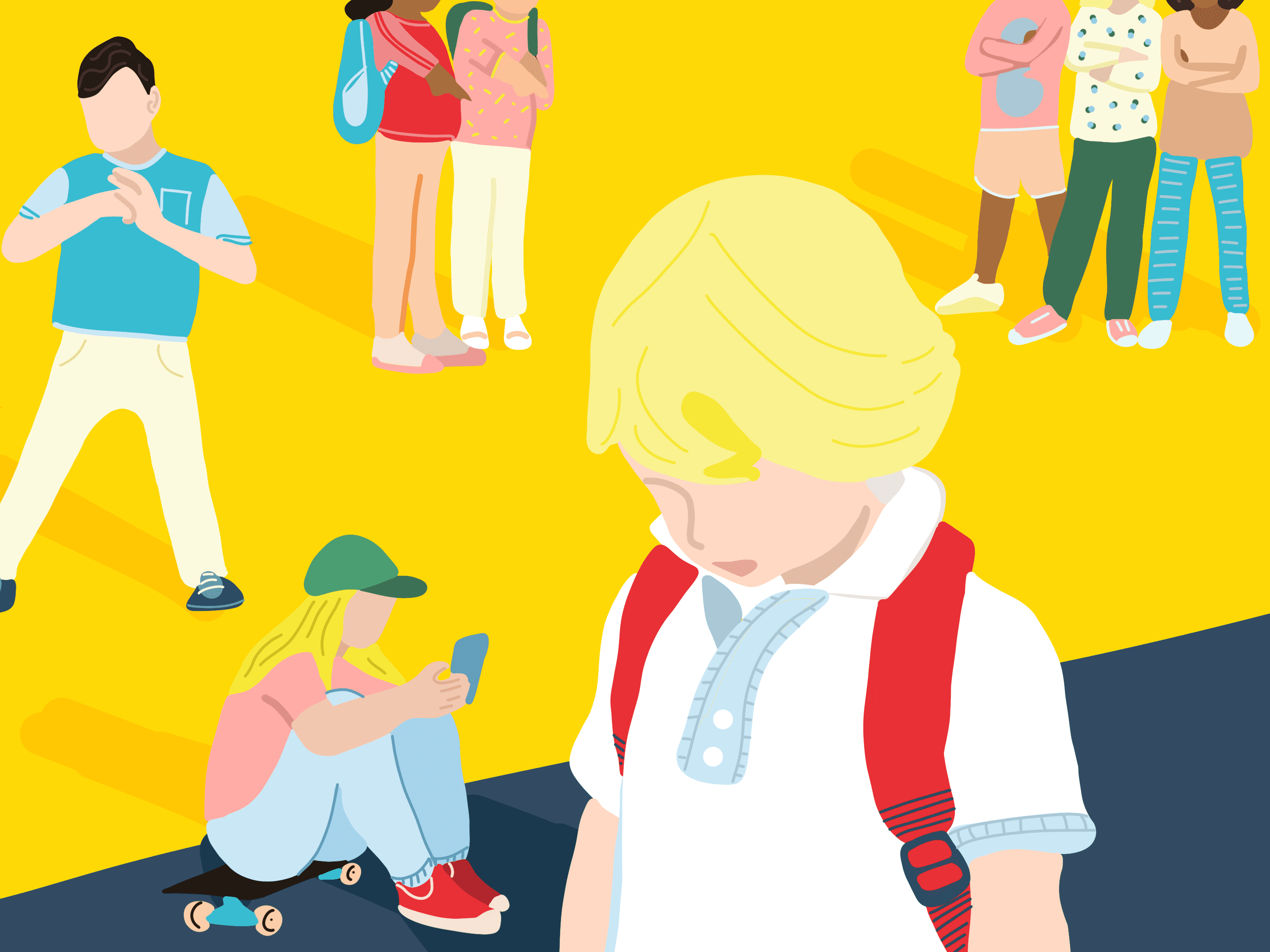Your cart is currently empty!
Tips And Advice For Creating A Bully-Free Environment
Published by
on

Even though bullying has recently become the focus of much attention and study, it has actually been around for quite some time. One who frequently engages in cruel, insulting, or threatening behavior toward others who are weaker, smaller, or vulnerable in some way is a problem that affects entire communities and has far-reaching consequences. Further, it is not limited to the confines of the classroom or, indeed, to people of a suitable age for students. However, we place special emphasis on the early years of schooling, when a safe and nurturing atmosphere for learning is crucial for the development of empathy, compassion, and kindness in one’s young students.
Data (“Bystanders Are Essential to Bullying Prevention and Intervention | StopBullying.Gov”) suggests that bullying can be mitigated and its occurrence reduced if school personnel respond swiftly and consistently to incidents. The following are some suggestions for how educators can prevent and address disruptive student behavior in the classroom.
If one wants to stop bullying from happening, they must intervene quickly and consistently. It is important to set clear guidelines and expectations for both the teachers and the students. Establishing a solid foundation is the first step. It’s crucial that the standards be established in a way that leaves no room for ambiguity on the part of the teachers or the students. Having students and their families take part in the decision-making process can keep everyone invested in the plan’s success. The first step in putting it all together is often the most challenging, and it can be hard to know which resources to trust, so the whole process can seem daunting at first.
State laws enacted with the goal of improving the safety of schools and other public institutions can be relied upon as a cornerstone. While different states may tackle the issue of bullying from different angles, they all share some common minimum standards that districts must meet. This framework has the makings of a good starting point for developing an extensive strategy. Set clear standards for how one should respond. Establishing the rules is a good first step toward prevention, but it is also crucial that all faculty, staff, and students know what is expected of them in terms of intervening and reporting inappropriate behavior. Because bystanders are involved in 80% of bullying situations, providing them with the tools they need to intervene effectively can have a major impact on the issue.
The next step is to create an open system where bullying incidents can be reported. If there are fewer hurdles to reporting, more students will feel safe doing so. The reports need to be properly maintained in order to spot patterns, and this must be done as they are received. Keep it secret; that’s the most vital part. Keeping reports private is crucial for establishing credibility. If students know they can report bullying incidents without repercussions, more of them will come forward to do so. Preserve a competent and up-to-date workforce.
It’s crucial that faculty and staff receive adequate preparation. However, it is crucial to ensure that they have the most recent training available. In order to stay up-to-date on the latest happenings, it is important to acquire the most recent studies conducted on bullying from reputable institutions. The United States Department of Health and Human Services offers an excellent resource at StopBullying.gov. The National Center on Safe Supportive Learning Environments is a great place to find training resources, webinars, and more to help you create a safe learning environment in your classroom (NCSSLE). Because of the dynamic nature of the modern classroom, this topic needs to be revisited frequently. In order to make sense of new information, it is necessary to reevaluate and revise one’s existing body of knowledge. Give students access to materials that can teach them how to deal with and prevent bullying. At some point, it may seem futile to try to educate students about the far-reaching consequences of bullying, no matter how many safeguards are in place. The person being bullied and the bully both suffer consequences.
The best way to stop bullying before it starts might be to give students the information they need to educate themselves. Teachers can play an important role in preventing bullying by providing students with positive reinforcement and the necessary resources. Students may organize anti-bullying initiatives and clubs if they are given a platform to share their thoughts. If students are encouraged to make use of their individual strengths, it is possible to pave the way for them to explore a world of possibilities that may at first seem limitless. An accomplished student could use their voice to raise awareness about the issue of bullying. Writers who want to share their work with the world have the option of submitting it to the school newspaper or starting their own blog. A social media-savvy student with a voice who can raise awareness about bullying may decide to do so. The possibilities for students grow exponentially when they take initiative. And the teachers who are most able to inspire their students are the ones who have a firm grasp on their abilities.
“Bystanders Are Essential to Bullying Prevention and Intervention | StopBullying.Gov.” StopBullying.Gov, http://www.stopbullying.gov, 24 Sept. 2019, https://www.stopbullying.gov/resources/research-resources/bystanders-are-essential.